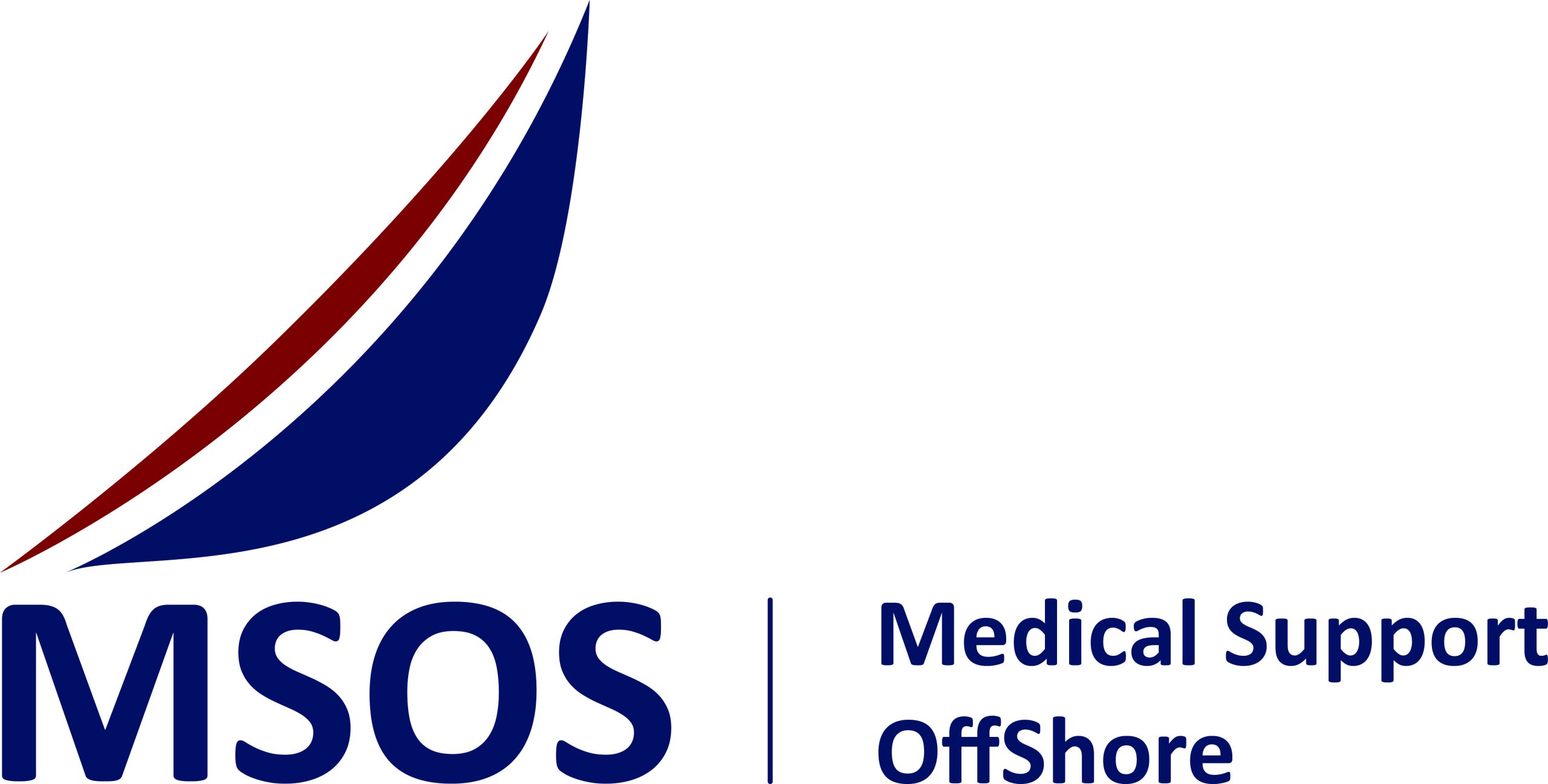There are several brands of adrenaline auto-injectors on the market that are affordable and available. Epinephrine is itself, an inexpensive drug, the auto-injector being the expensive delivery method. Information and education is important to understand the medical need, reduce unnecessary expenditure and improve medical outcomes.
Anaphylaxis is a life threatening, allergic reaction to a chemical that one may encounter in everyday life. Once in contact with the body, this is then known as an ‘allergen’. The allergen may be many things, but typically is a food such as shellfish and nuts, insect venom from bees or wasps or a toxin from jellyfish, moulds or algae.
If you are allergic to a substance, your immune system reacts to the allergen by releasing chemicals that cause allergy symptoms. Typically, these symptoms may be mild on first exposure and may occur in only one location of the body. On repeated exposure (or perhaps even on first exposure), some people may react in a severe way, known as an anaphylactic reaction. This reaction typically affects more than one part of the body simultaneously.
Anaphylaxis requires immediate medical treatment, including but not limited to, an injection of epinephrine and a visit to an emergency medical facility immediately. If it isn’t treated properly, anaphylaxis is likely to be fatal.
The first signs of an anaphylactic reaction may look like typical allergy symptoms, such as a runny nose or a skin rash. But within seconds or minutes, more serious symptoms appear.
Symptoms can range from:
- Coughing, wheezing, itching or tightness in your chest
- Fainting, dizziness, confusion, weakness
- Rash, hives, painful swollen or red skin
- Runny or stuffy nose and sneezing
- Shortness of breath, difficult breathing and rapid heartbeat
- Swollen or itchy lips, tongue or throat
- Hoarse voice, trouble swallowing, tightness in your throat
- Vomiting, diarrhoea, or cramps
- Weak pulse, paleness
- Feeling of panic or a “sense of doom”
1 out of 5 people may have a second anaphylactic reaction within 12 hours of the first. This is called a biphasic anaphylaxis. Close medical monitoring is essential after an initial reaction.
Epinephrine is the most effective treatment for anaphylaxis, and the injection should be given immediately, at the onset of symptoms. Quality medical kits on yachts provide epinephrine in ampoules or prefilled syringes and the dose is often higher that what is provided in an auto injector. These kits will also contain additional medicines and diagnostic equipment necessary to ensure adequate response to initial treatment. Having the full medical kit at hand, together with telemedical support during an anaphylactic episode is strongly advised. The on-call doctor can guide you through the proper treatment until a victim can be transported to a medical facility.
The auto-injector was designed to be self-carried and self-administered by persons with known anaphylactic allergy. The epinephrine dose in the auto-injector buys you approximately 10 minutes until additional medical intervention is required. Storing the auto-injector inside the medical kit, to a certain extent, defeats the purpose of its design. If you have an ‘at risk’ guest or crew member, give them an auto-injector to carry during the duration of their trip. Having multiple auto-injectors may not improve the outcome alone, but training and proper use of medical tools may control symptoms sufficiently until transfer can be made to an emergency medical facility.
If you’ve had an anaphylactic reaction before, you should wear an alert tag and carry at least two auto-injectors of epinephrine with you at all times. If you have asthma, eczema, or multiple allergies, you are at higher risk of anaphylaxis, and should be aware of the possible symptoms of an anaphylactic reaction.
Rebecca Castellano, RN
Medical Support Offshore Limited














0 Comments